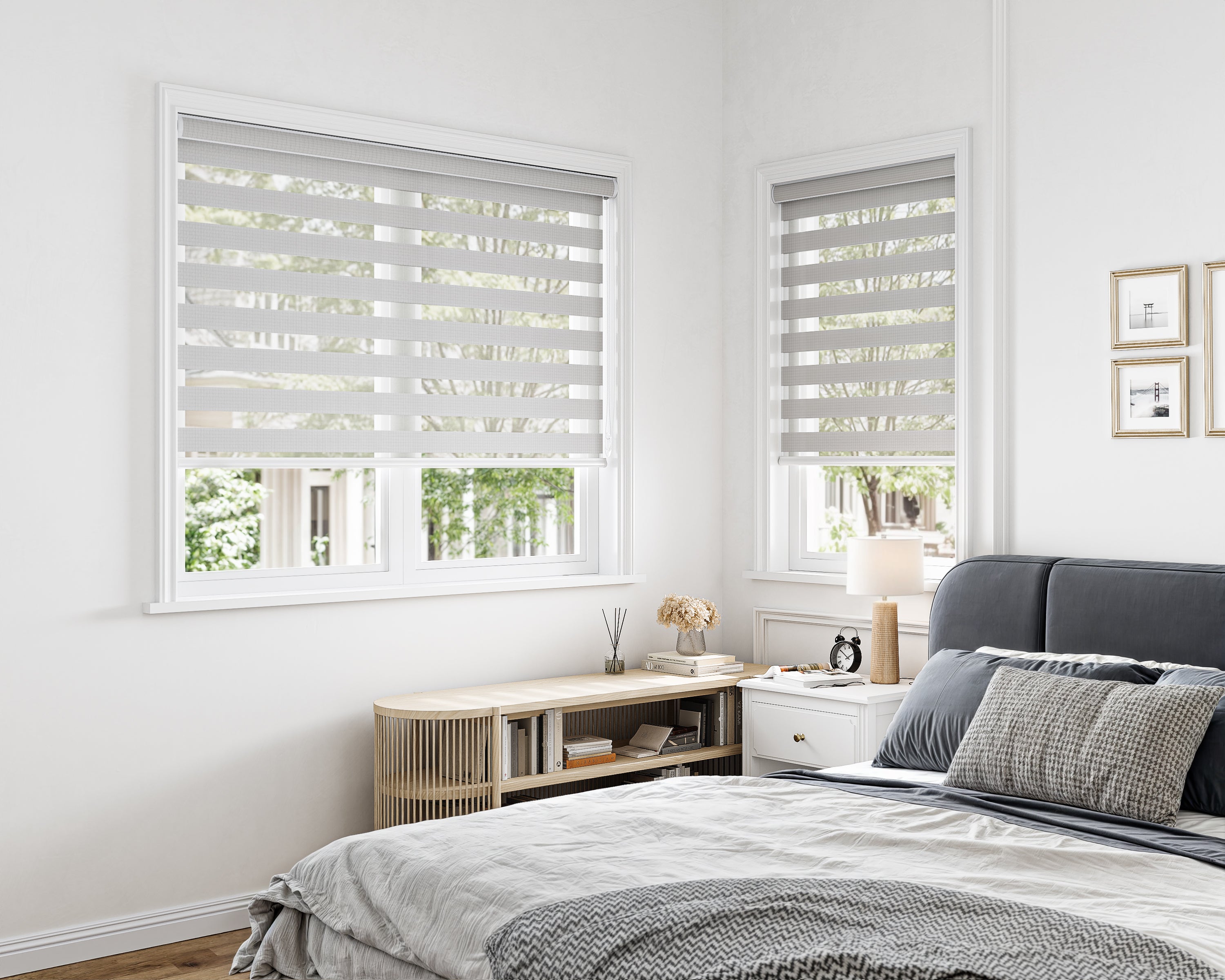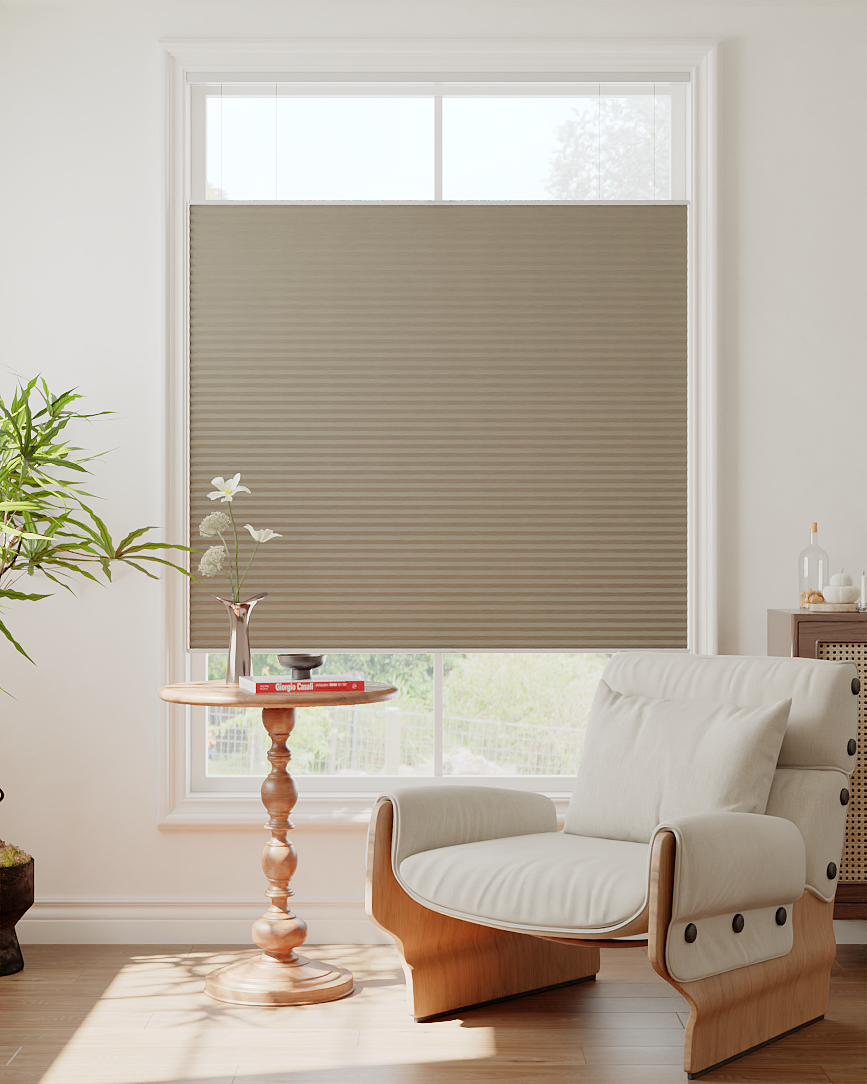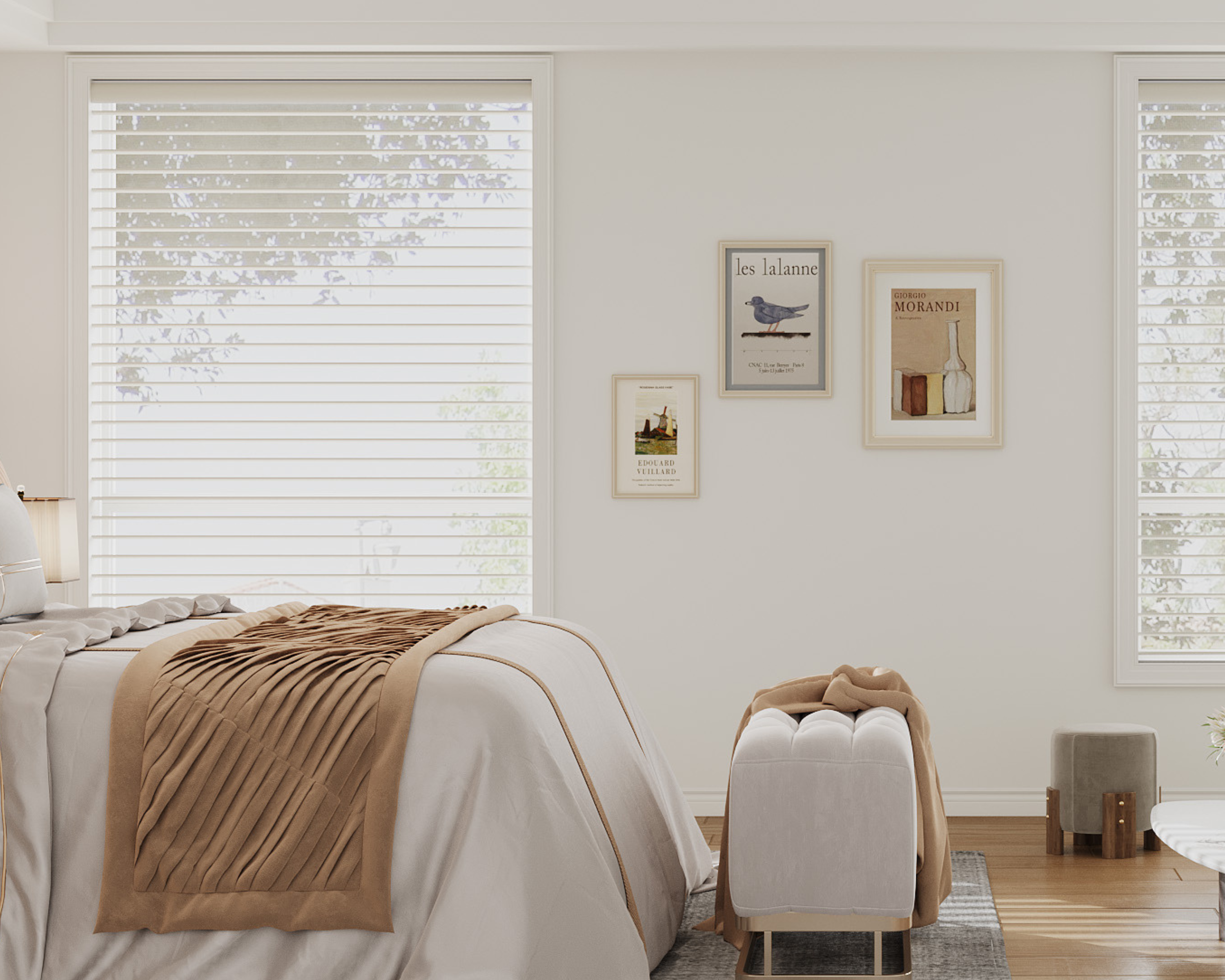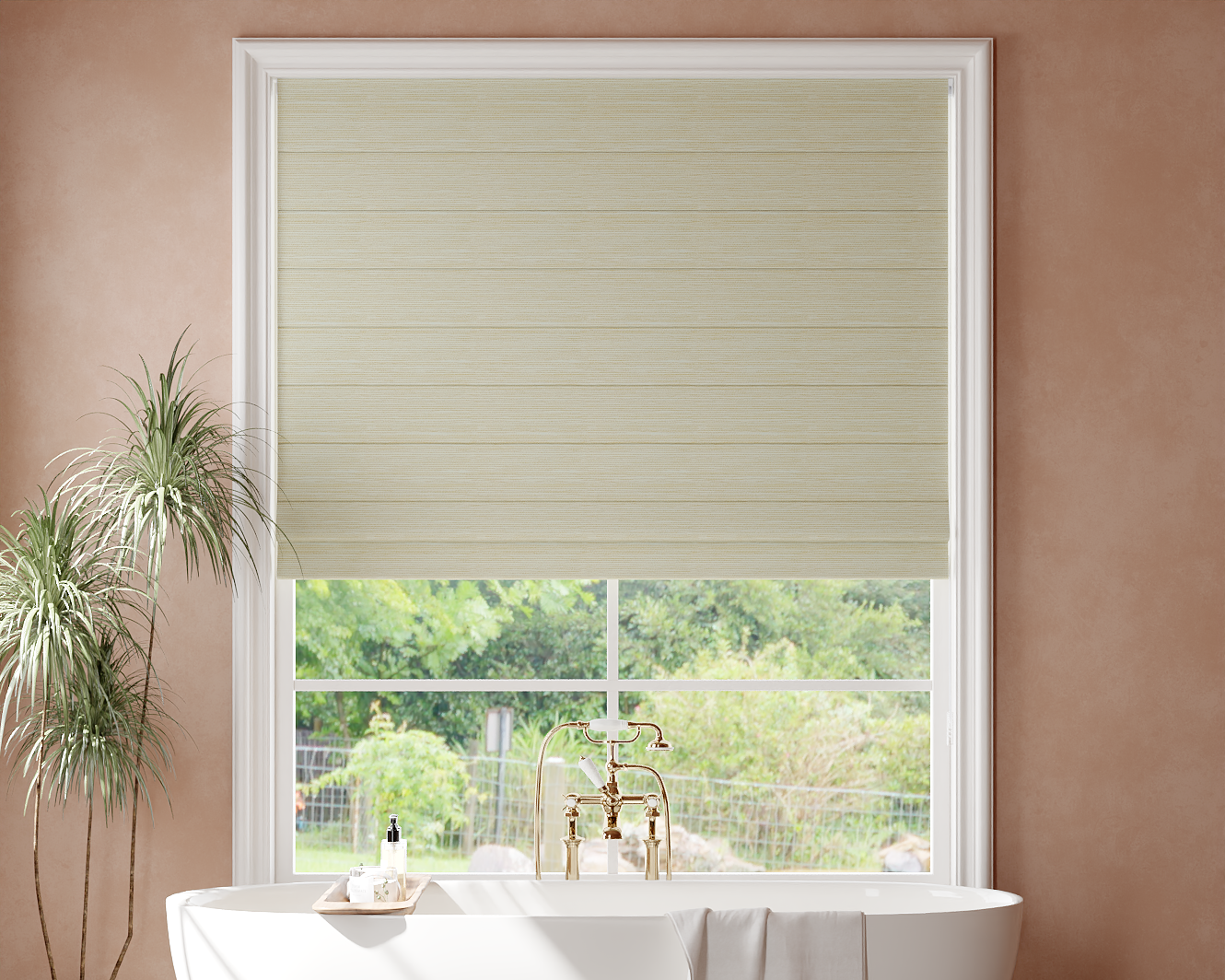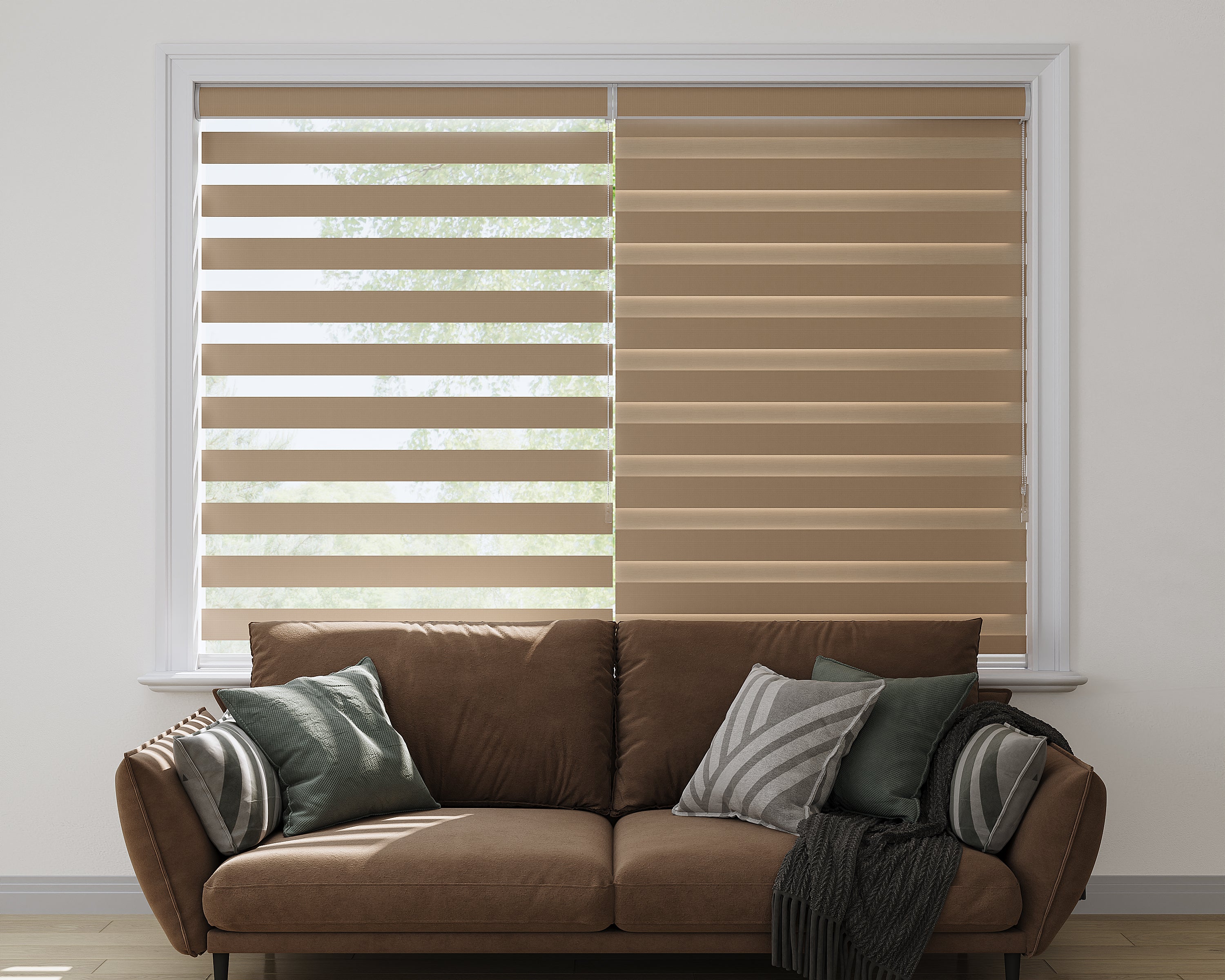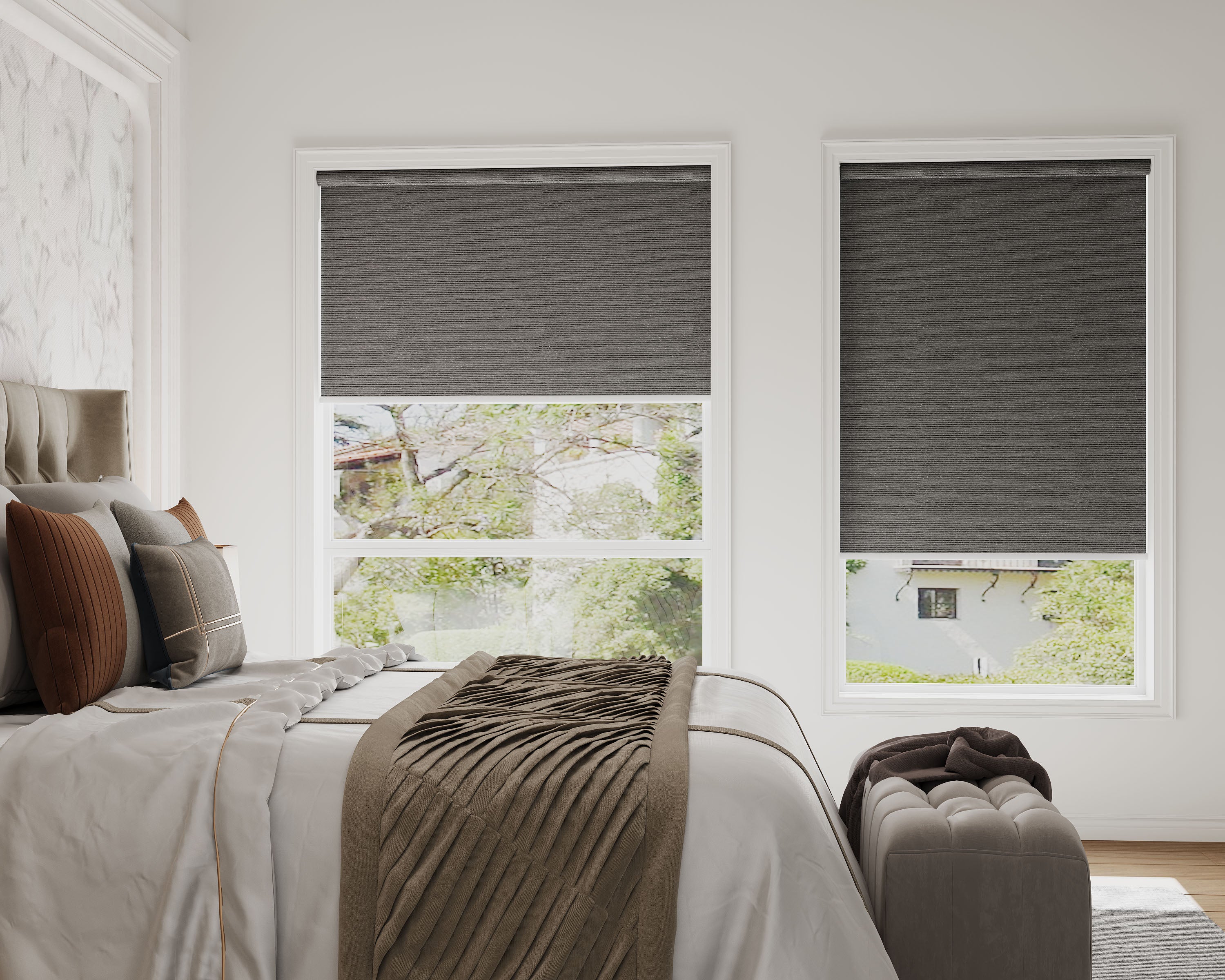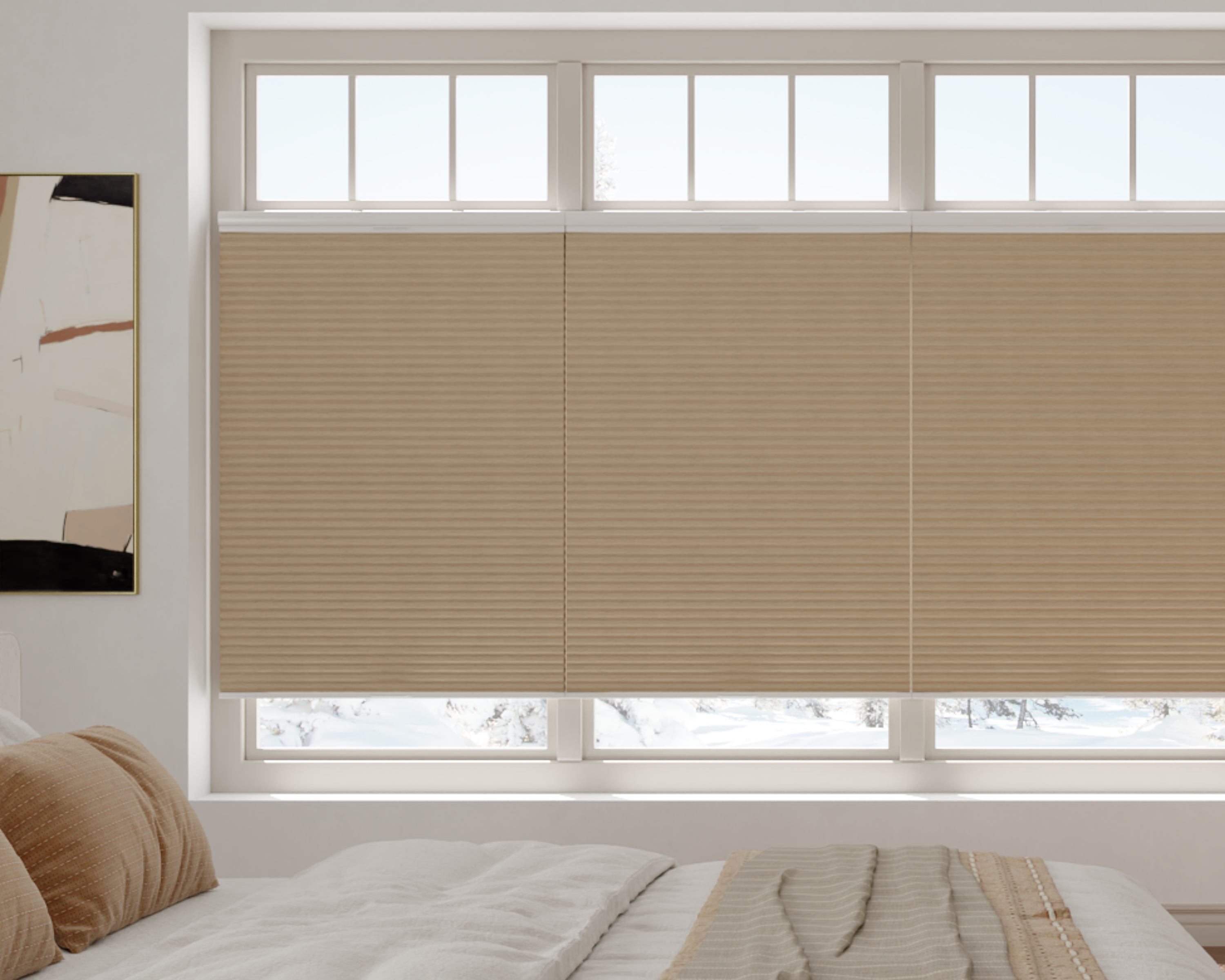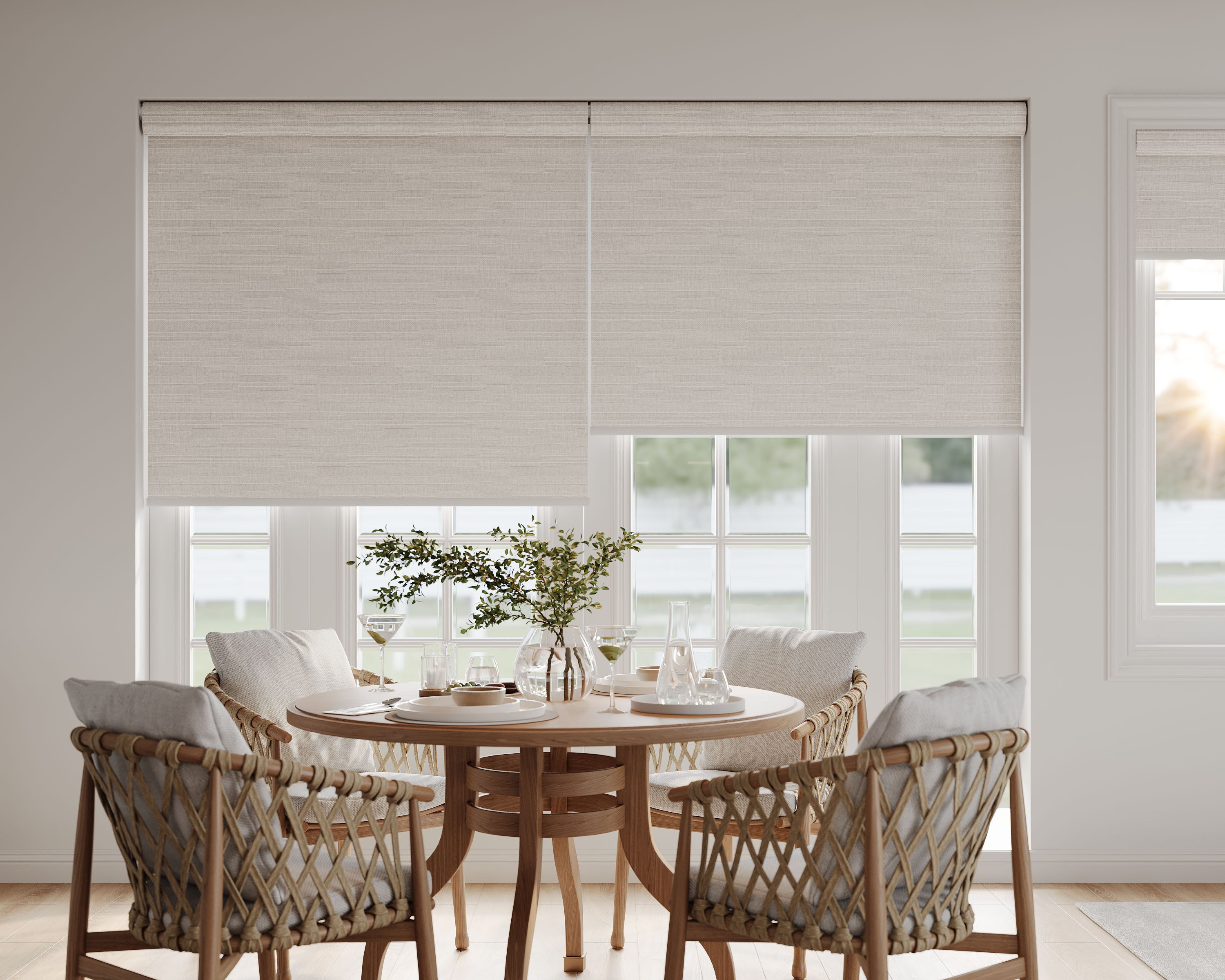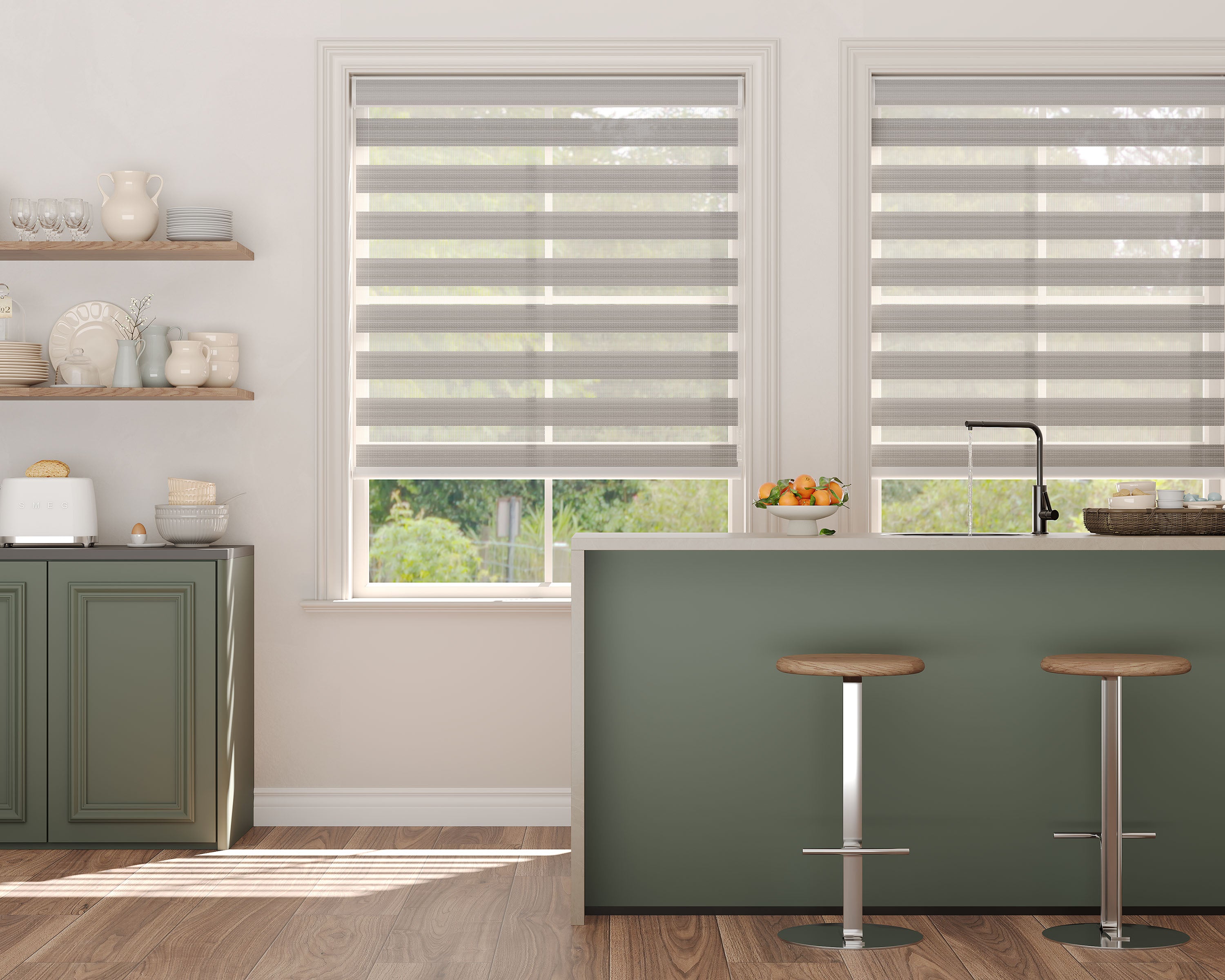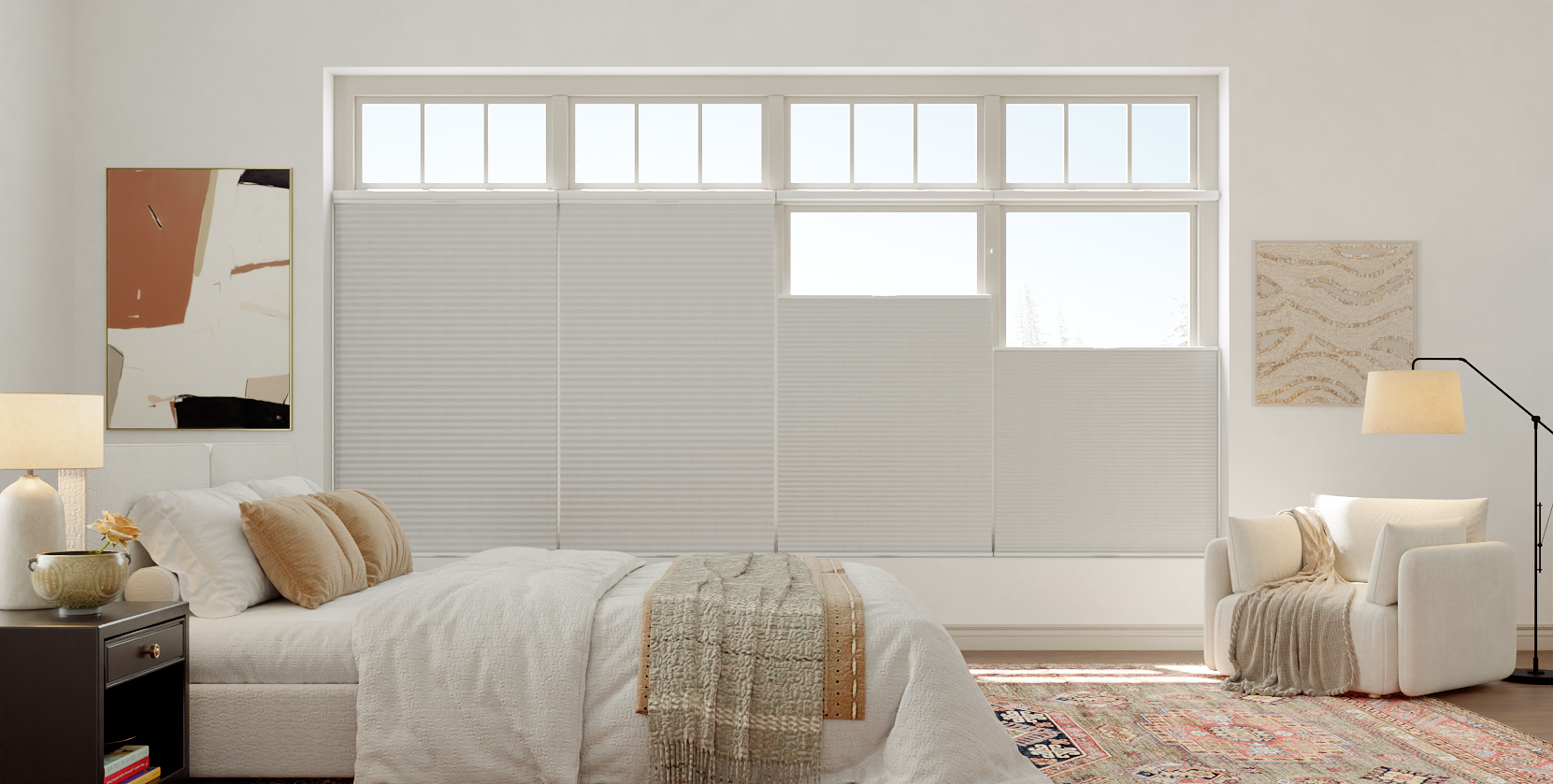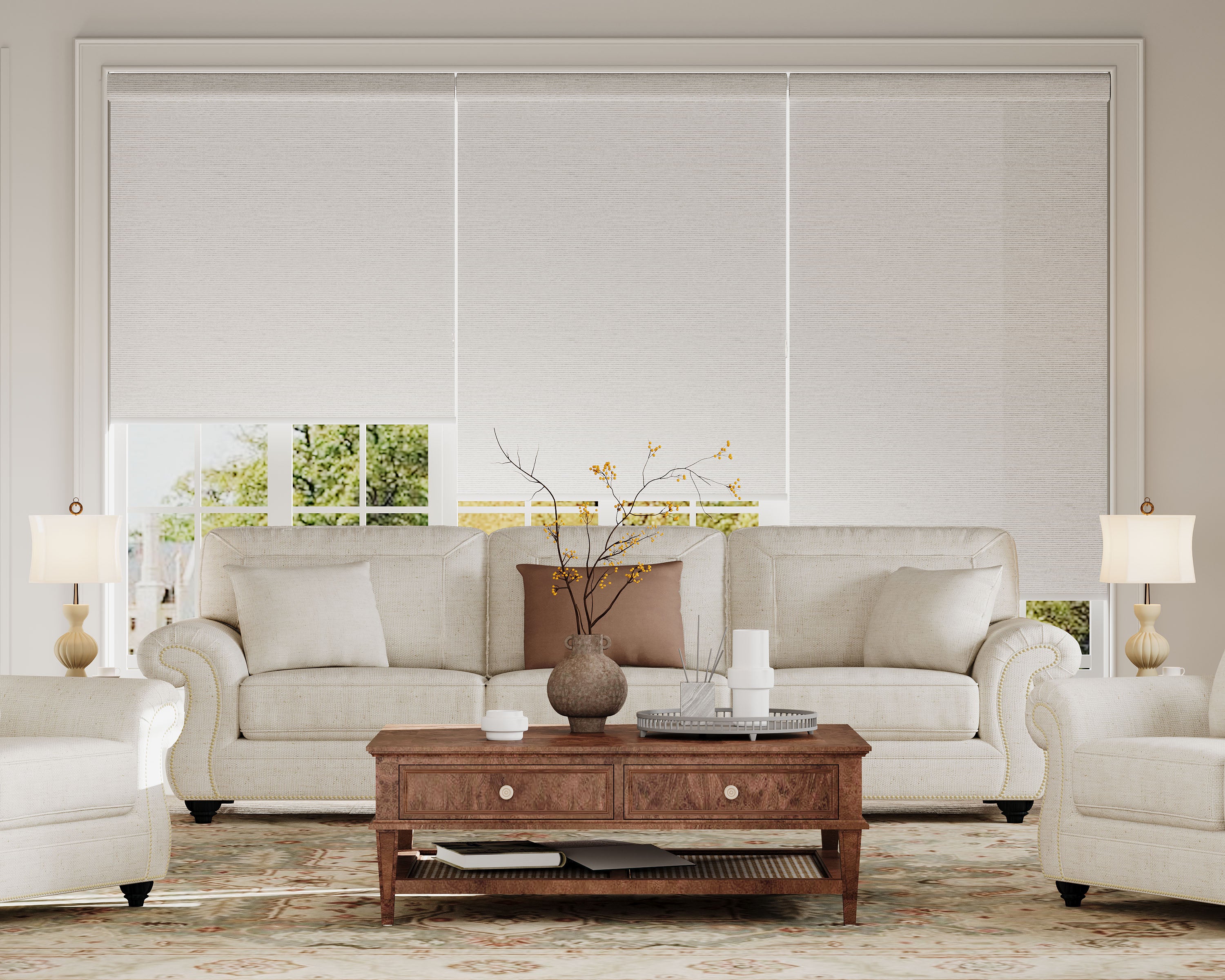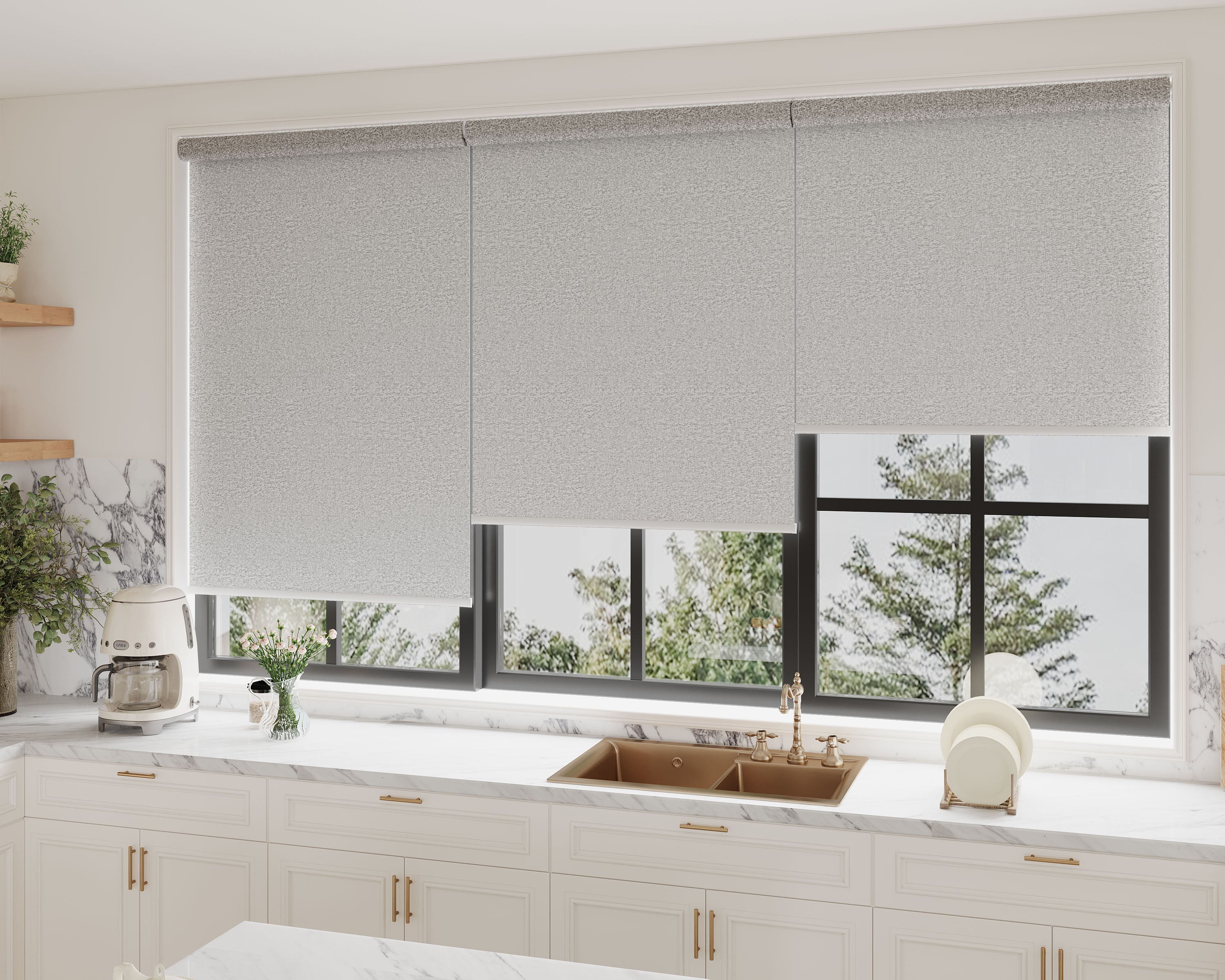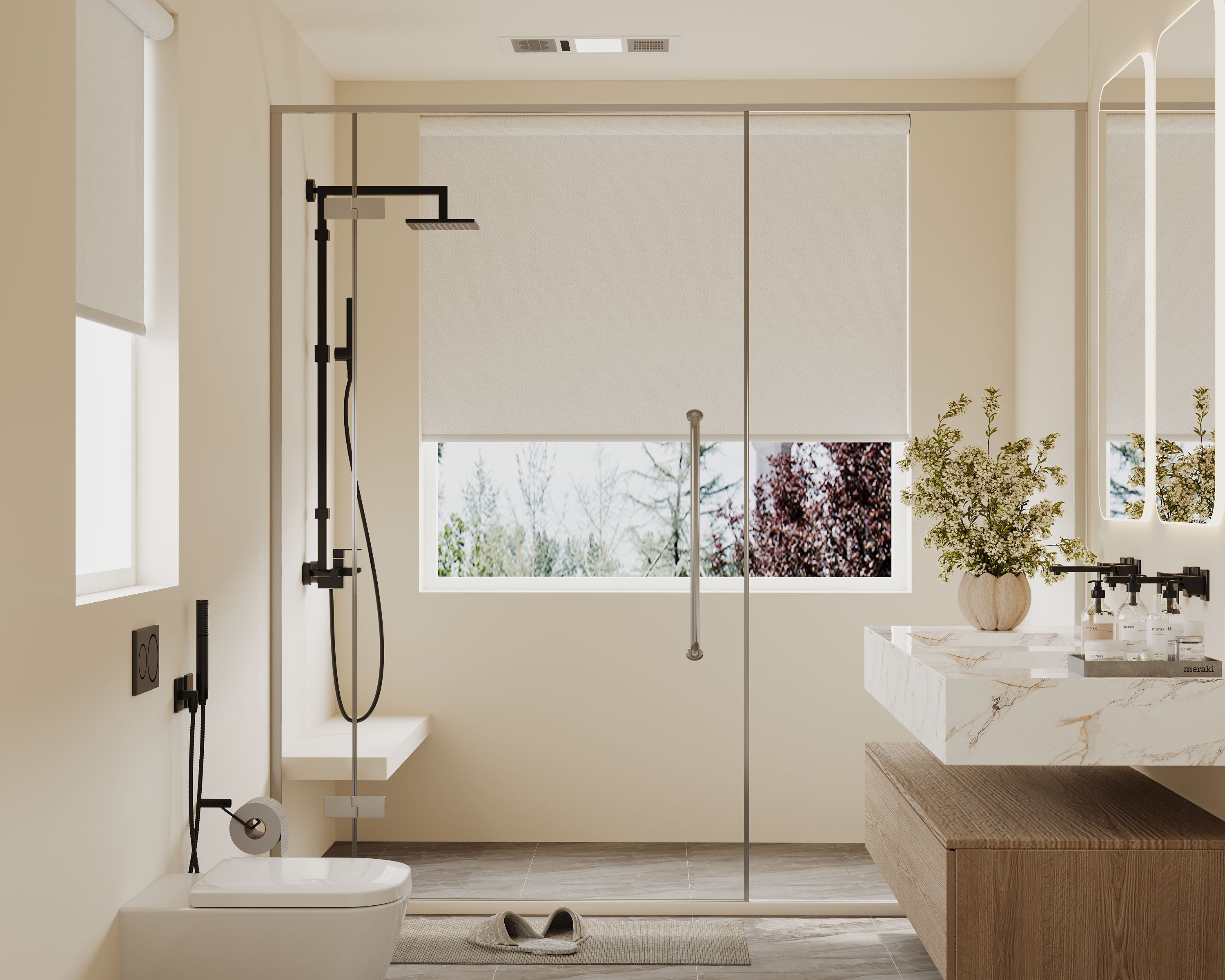Explore our top collections, including Roller Shades, Zebra Shades, and Blackout Shades.
Most of us have dealt with a roller shade that just refuses to work because of a worn-out bead chain. Replacing a roller shade's bead chain is a straightforward DIY project that can extend the life of our window coverings.
We only need a few basic tools and a little patience to get the job done right, saving ourselves the hassle and cost of calling in a professional. With a bit of know-how and the right steps, we can tackle the replacement and maybe even give our shades a bit of a refresh along the way.
Key Takeaways
- Learn how bead chains function and why they wear out.
- Discover the essential tools and simple steps to replace a worn bead chain.
- Get tips for troubleshooting and improving our roller shades.
Understanding Bead Chains in Roller Shades
Bead chains make roller shades work by connecting our pull to the shade’s movement. Knowing what kind we have, how they function, and when they’re due for a swap helps us keep our windows looking sharp and our shades working like they should.
How Bead Chains Work
Bead chains let us raise and lower our roller shades with a simple pull. They loop through a clutch mechanism inside the headrail, turning our tug into the rolling motion that moves the fabric.
We pull one side to lift the shade, the other to lower it. The beads give the clutch a good grip, so there’s less chance of slipping.
Many bead chains have tension devices or anchors for safety, especially if kids or pets are around. Pull, shade moves, chain does the work—pretty straightforward.
Types of Bead Chains
We usually see bead chains in two main flavors: metal and plastic. Metal bead chains—think stainless steel or nickel-plated brass—are sturdy and have a nice, smooth feel. They handle heavier shades and don’t mind the sun much.
Plastic bead chains are lighter and quieter. They come in all sorts of colors to match our style, and they tend to cost less. But plastic can get brittle, especially with lots of sun.
If we’re swapping a chain, it’s smart to check the bead size and spacing. Not all systems use the same specs, so matching things up matters for a good fit.
Wear and Tear Signs
Bead chains get a workout every day and eventually show their age. Here’s what to watch for:
- Cracks or discoloration in plastic beads
- Bent or misshapen metal links
- Shade movement feels jerky or sticks
- Chain pops off the clutch or skips beads
- Odd noises—creaks or grinding—when you pull
If the chain sags or feels looser than it used to, or if it takes more effort to pull, it’s probably time to take a closer look.
When to Replace Your Bead Chain
If you spot damage or the shade’s tough to operate, it’s time for a new chain. Missing beads or stretched links mean a higher risk of breakage, which isn’t just annoying—it can become a safety concern.
Slipping, skipping, or the chain coming off are good signs the chain’s done. With kids or pets in the house, don’t wait around—swap it out sooner rather than later.
A new bead chain brings back smooth movement and peace of mind. Plus, it’s a small fix that makes your shades feel almost new again.
Essential Tools for Replacing a Worn Bead Chain
Having the right tools nearby makes changing a bead chain way less frustrating. Most of what we need is probably already in a junk drawer, but a couple of extras can make things smoother.
Common Household Tools for the Job
Start with the basics. A flathead screwdriver and a Phillips screwdriver help with end caps or brackets. Grab some needle-nose pliers for gripping small parts or stubborn beads.
A step stool or ladder is handy if your shades are up high. A measuring tape makes sure your new chain matches the old one. For trimming plastic or metal chains, kitchen scissors or a small utility knife work just fine.
Don’t forget a container or dish for screws—losing a tiny bracket screw halfway through is the worst.
Where to Find Replacement Bead Chains
No need to go on a wild goose chase. Replacement bead chains come in plastic and metal. They usually range from 3mm to 4.5mm beads, so matching the new chain to your old one is key. Snap a photo of the original chain and count the bead size or spacing before you shop.
Big box stores like Home Depot or Lowe’s usually stock them in the window treatment aisle. Online, Amazon and specialty sites have loads of options for length and bead spacing. If you want a certain finish or color, check out custom chain shops.
If you’re shopping in person, bring the old chain along. Saves you from getting home and realizing you grabbed the wrong size.
Safety Gear You Might Need
We’re not tearing down walls, but some protection’s a good idea. If you’re using a utility knife or trimming metal, cut-resistant gloves help avoid nicks.
Safety glasses are smart if you’re snapping metal chains—stray beads can fly. For high windows or awkward spots, slip-resistant shoes and a sturdy step stool keep you steady.
Dust masks aren’t really needed unless your window tracks are super dusty. And if kids or pets are around, keep loose chains and tiny bits out of reach.
Prepping Your Roller Shade for Replacement
Getting your roller shade ready for a new bead chain means taking it down safely, checking the insides, and giving everything a quick clean. Spending a little time here saves hassle later.
Removing the Roller Shade from the Window
First, take the shade down without bending the tube or losing any hardware. Pull the shade all the way down so the chain’s loose. If your roller has mounting brackets with clips, squeeze or gently pry them open—check the manufacturer’s instructions if you’re unsure.
Keep a small container or bag for screws, end caps, or brackets you remove. If it’s a spring-loaded shade, unhook gently so nothing snaps. A step stool helps you reach and saves your back.
Once it’s free, lay the roller on a flat, clean surface so it doesn’t get dinged up.
Inspecting the Mechanism
With the shade down, check the end caps and the bead chain gear. Look for cracks, worn spots, or missing teeth on the gear. Spin the mechanism by hand—it should move smoothly, no catching.
Compare the old bead chain’s length and connector with your new one to make sure they match. Check for dust or old gunk inside the mechanism—sometimes buildup can make new chains stick.
If anything looks weird or worn, jot it down or snap a photo for reference.
Cleaning Before Installation
Clean shades last longer and work better, so this step’s worth it. Use a soft brush or a vacuum with a brush attachment to get rid of dust and debris from the roller and brackets. For stubborn grime, a damp cloth with mild soap works, but don’t soak the fabric.
Focus on the gear and track area where the new chain will sit. If you spot sticky buildup, a cotton swab with rubbing alcohol clears it up fast.
Dry everything before moving on. That way, the new chain won’t stick or gum up, and the shade should roll smoothly when you’re done.
DIY Step-by-Step: Replacing the Bead Chain
Swapping out a bead chain on roller shades is a practical DIY project—just a few tools and a careful touch. Let’s walk through taking off the old chain, fitting the new one, and making sure everything works like it should.
Detaching the Old Chain
First, open or lower the shade so you can get to the mechanism. Use a small screwdriver to remove the end cap or cover—usually just a couple of clips or screws. Toss those screws in a dish so they don’t disappear.
Once the cover’s off, check how the bead chain connects to the clutch. Gently press the clutch out of its bracket, keeping an eye out for any springs or parts that need to stay put. If it’s looped, unclip or unslot it, and pay attention to how it’s threaded. For continuous chains, you might need to cut the connector or undo a clip.
Give the inside a quick wipe to clear out any dust or debris—it’ll help the new chain run smoother. Don’t force anything; if something’s stuck, look for hidden fasteners before muscling it.
Fitting the New Bead Chain
With the old chain off, check that the new chain’s bead size and type match up. Most shades use 4.5mm or 6mm beads, but double-check just in case.
Thread the new bead chain around the clutch gear, making sure the beads fit smoothly into the sprockets. If it’s a loop, connect both ends with the included connector or clasp. Make sure the link is tight—loose connections can cause trouble.
Watch the chain tension—too tight strains the mechanism, too loose can jam. Trim any extra chain with scissors and reattach the connector if needed. Aim for a loop that sits snug but not stretched.
Reassembling and Testing
Pop the clutch back into its bracket, then double-check that everything lines up. Snap or screw the end cap back on. Make sure all parts are flush—nothing should rattle.
Test the shade by pulling the new chain both ways. It should rise and lower evenly, without sticking or jerking. If it binds or slips, check the tension or bead placement.
Tighten any screws and tidy up stray beads or dust. Now, step back and give it a try—no more sticking, skipping, or fussing with a worn-out chain.
Troubleshooting and Adjustments
Keeping our roller shade running smoothly means knowing what to do when things don’t go exactly right. Here’s how we can deal with common bead chain issues, stay in control of alignment, and get our shade moving properly again.
Fixing Chain Slippage
Chain slippage pops up a lot, especially after swapping out an old chain. Usually, it means the bead chain isn’t catching properly in the clutch. If you notice the chain skipping or slipping instead of rolling the fabric, chances are it’s not seated right.
Start by checking that the chain sits snug in the clutch’s sprocket teeth. Missing, damaged, or weirdly shaped beads? Swap out that section. It’s also worth cleaning the clutch housing—a bunch of dust or old grease can make the chain slip. Use a small brush, some compressed air, or just a clean, dry cloth.
Still slipping? Double-check the chain size. Most roller shades use either 4.5mm or 6mm bead spacing, and the wrong size just won’t work. A quick measure with a ruler does the trick.
Quick tips:
- Make sure chain size matches clutch
- Clean clutch assembly before putting it back together
- Look for damaged or stretched chain sections
Chain Alignment Tips
Getting the chain lined up right is key for smooth, even operation. If the chain’s off, the shade can tilt, bind, or just look off.
Check the mounting brackets—are they level? A small bubble level is handy here. If not, adjust and re-secure them. The bead chain should hang straight down the side of the roller, not at some weird angle. If it’s pulling sideways, try flipping the clutch housing or shifting its spot in the bracket.
Sometimes the beads get twisted or bunched. Run the chain all the way up and down to straighten things out. For stubborn kinks, warm the chain with your hands or a hair dryer and reshape it.
Checkpoints:
- Brackets need to be level
- Chain should hang straight
- No kinks or twists in the loop
When the Shade Won't Roll Smoothly
If the shade feels jerky, heavy, or sticks, there are a few things to look at. Roll it up and down and listen for roughness or squeaks. Sometimes a bit of debris sneaks into the clutch.
Take the chain and roller out of the brackets and look for anything blocking the way. Give moving parts a light spritz with silicone-based spray—skip oil-based stuff, it just attracts dust. Also, don’t crank down the brackets too tight; that can pinch the roller and make it hard to move.
If the fabric’s wrinkling or rolling crooked, realign it on the tube before reinstalling. Marking the “level” spot on the tube with a pencil helps keep things consistent.
Troubleshooting list:
- Clear debris from inside clutch
- Use only light lubrication as needed
- Don’t overtighten brackets
- Adjust fabric if it’s not rolling straight
Upgrades and Alternatives for Roller Shade Chains
When bead chains wear out, it’s a good excuse to upgrade. There are safer, better-looking, and more convenient ways to operate shades now.
Beaded Chain Materials and Finishes
Swapping out a plain plastic chain opens up some options for style and durability. Plastic chains are cheap and come in basic white, gray, or black—easy to match, but they can yellow or snap over time.
Metal beaded chains (usually stainless steel or brass) look sleeker and last longer. They hold up better in sunny windows and damp rooms. There are also colored finishes—brushed nickel, bronze, matte black—that work well with modern or industrial decor.
Here’s a quick comparison:
| Material | Durability | Style Options | Common Colors |
|---|---|---|---|
| Plastic | Moderate | Limited | White, black, grey |
| Metal | High | Many finishes | Silver, bronze, black |
Decorative connectors and chain tassels can add a nice touch, and they’re not expensive.
Cordless and Motorized Options
If you’re tired of chains or worried about safety, it might be time to ditch them. Cordless roller shades use spring mechanisms—just push or pull the bottom rail. No cords, less clutter, and safer for kids and pets.
Motorized shades are even fancier. With a remote or an app, you can open or close shades from across the room—or from bed, if you’re feeling lazy. Many motorized kits fit existing roller shades, though you’ll need a power source or batteries.
Cordless and motorized systems cost more, but the clean look and convenience can be worth it if you’re already upgrading. Just double-check your measurements and make sure any retrofit kits will fit your shades.
Frequently Asked Questions
People ask all sorts of practical stuff about bead chains, tools, and fixes. Here are some common questions and answers to keep your shades working and looking good.
What tools do I need to replace a bead chain on my roller shades?
Usually, a flathead screwdriver and scissors are enough. Some shades might need needle-nose pliers or a small Phillips screwdriver.
For newer, tool-free models, sometimes you can just use your hands.
Can I connect two pieces of roller blind chain without a special link?
You could try tying a knot, but honestly, it won’t glide smoothly.
A real connector link makes a slimmer joint and helps avoid jams.
Is it possible to fix a broken roller blind mechanism without professional help?
For simple stuff like reattaching a chain or clearing out debris, DIY is usually fine. Only go deeper if you’re comfortable taking things apart.
If gears or springs are busted, you might want to buy a replacement part or call a pro.
What's the average cost for replacing a roller blind chain?
Replacement chains and connector links usually cost under $10. With tools or extra brackets, most DIY jobs stay under $20 total.
How do I replace a bead chain without a screw?
A lot of modern roller shades use snap-on end caps. Just pry them off gently with a flathead screwdriver or your fingers.
Once open, thread in the new bead chain and snap it all back together—no screws required.
Are there any DIY tips for troubleshooting common roller blind chain mechanism issues?
Yeah, actually, a stiff chain usually means there’s dust or gunk built up. Just grab a dry cloth or a soft brush and give the mechanism a quick clean.
A little silicone spray on the gears can make a big difference—just don’t go overboard. If your shade jams, try unclipping the chain and look for any tangles or kinks before you put it back together. Sometimes it’s really that simple.


